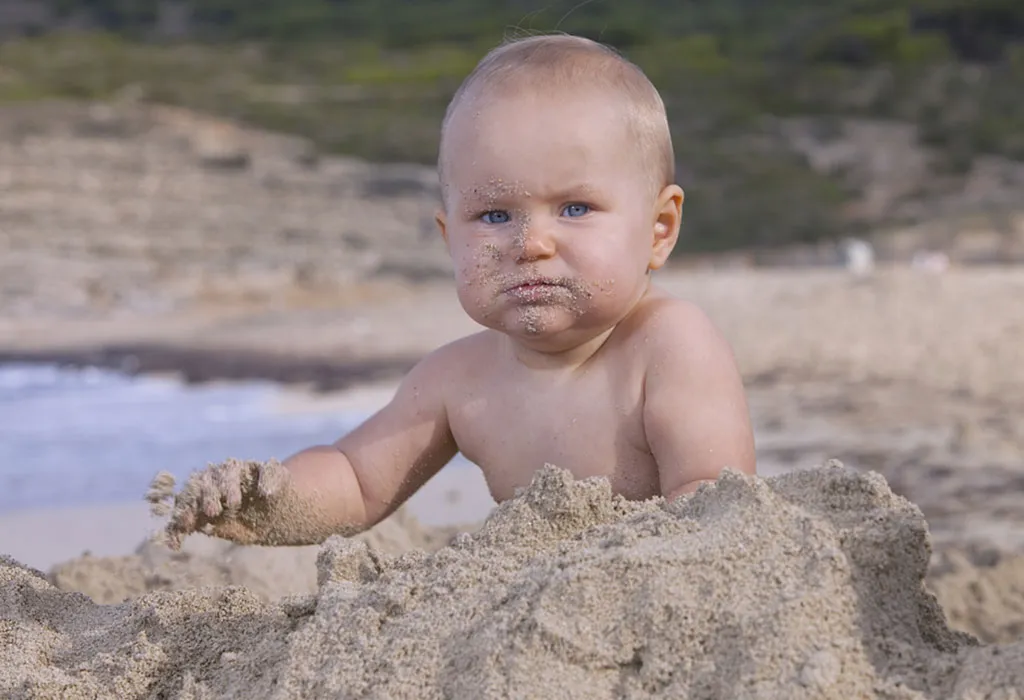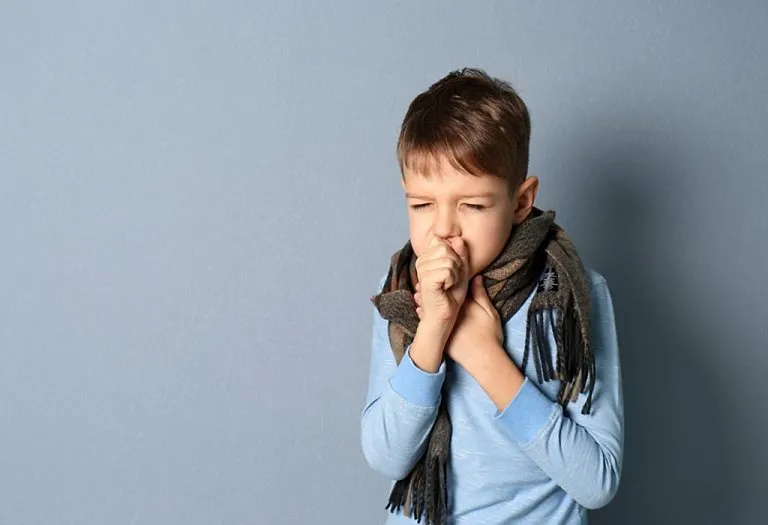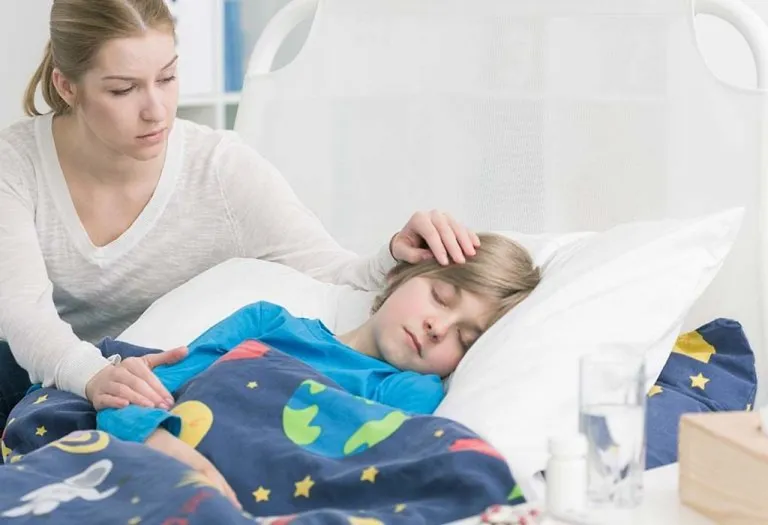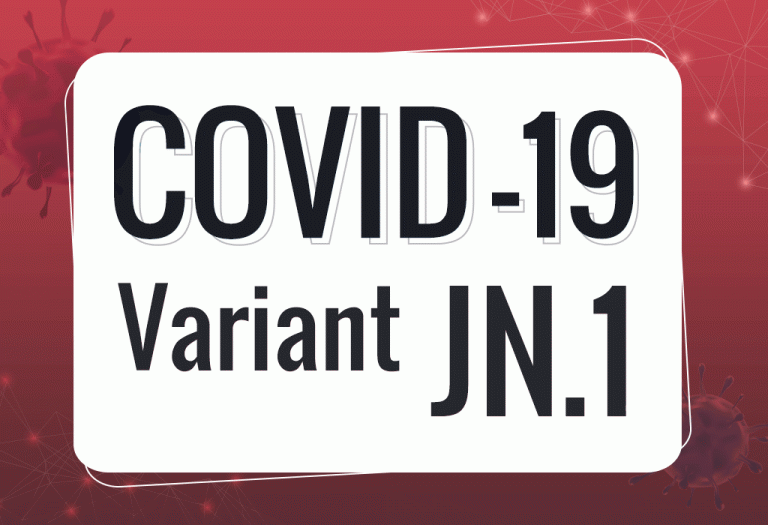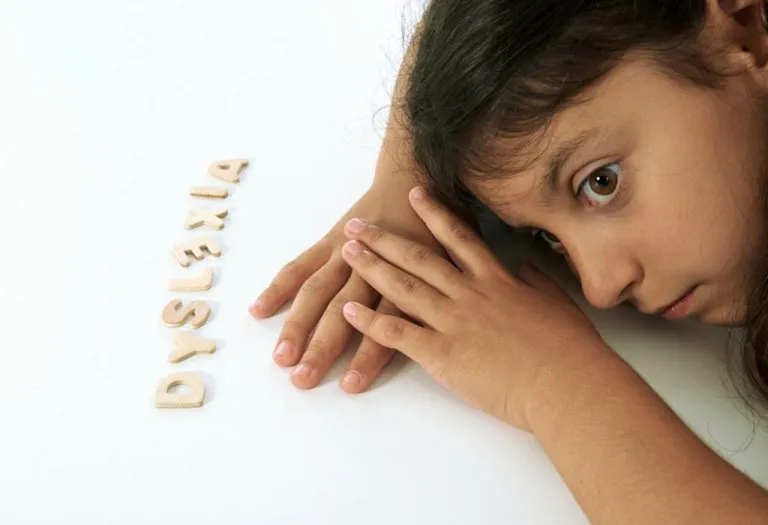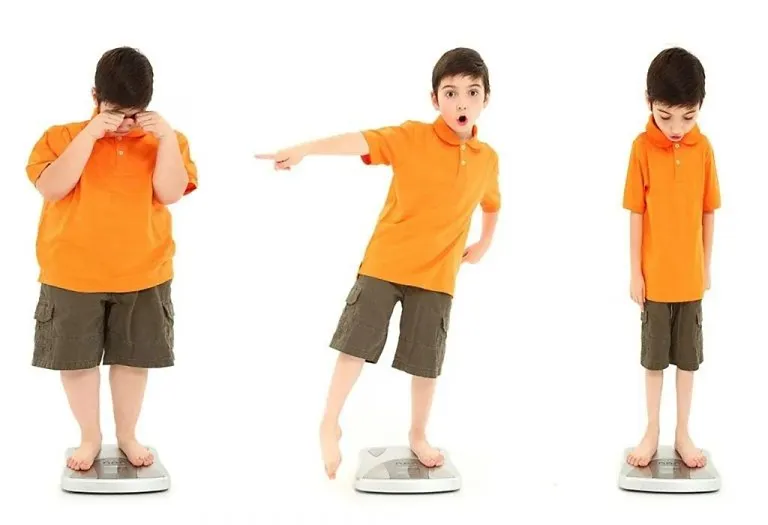Pica in Children – Causes, Symptoms and Treatment

Children are always curious and thus put everything in their mouths. However, if a child is eating non-edible substances quite often, he may actually be suffering from an eating disorder called pica. Pica in kids can lead to serious health problems, both physical and emotional. It is, thus, imperative to prevent or alleviate pica as soon as possible. There are multiple causes that lead to this behaviour. In some regions, this behaviour is related to “culture-bound syndrome”, although the development of pica in children is mostly due to a deficiency in minerals and vitamins or mental health issues. If you see signs of pica in your tiny tot, then it is important that you don’t ignore it and take immediate steps to combat it.
What Is Pica in Children?
The eating disorder where children consume non-food items on a frequent or regular basis is called pica. A classic example of this disorder is when a child eats sand. Non-food items can include dirt, sand, paper, paint, chalk, hair, wood, and more. Pica eating disorder in children leads to problems in the digestive system and delays in development. As this condition continues to persist for a longer duration, it can cause harm to the child and his development. The condition is commonly seen in children of lower socio-economic groups or children with neglect or child abuse (1) (2).
How Common Is Pica in Children?
It is quite common for children to explore the world with their taste buds. When babies develop new teeth, they often discover new things to chew upon. Every time a baby puts something inedible in his mouth, it is not because he has pica! Pica disorder is something that exceeds the normal explorative behaviour during the developmental stages of a baby. Pica can be recognised when a child between 18 to 24 months begins to have a consistent tendency to crave non-food items for over a month. In some cases, pica is also suggestive of autism. It is also commonly observed in children with developmental or intellectual disabilities.
Causes of Pica in Children
Pica in children can be caused due to a number of reasons, including (1) (3) (4):
- Malnutrition
- Taste acquired for the specific item
- Deficiency in minerals, such as zinc or iron (hookworm or Celiac disease can also be the cause for this) (5)
- A disorder that is known as OCD or obsessive-compulsive habit
- Imbalance of the brain chemicals
- Injury in the brain
- For the purpose of seeking attention
- Maternal neglect or deprivation
- Gastrointestinal distress that may lead children to ingest non-food items
- Oral fixation, i.e. an urge to put things in mouth
- Poor appetite because of picky eating
- Hypothyroidism, leads to iron deficiency and then pica (6)
So, how can parents identify how their kids have pica? It can mostly be identified by observing the symptoms, such as the ones given below. However, in case you are not so sure, you can consult a paediatrician.
Symptoms of Pica Disorder in Children
Here are some of the symptoms of pica disorder that can be observed in children (7):
- Repetitiveness and regularity of consuming non-food substances along with food.
- Eating non-food substances consistently for more than a month.
Furthermore, depending on what the child has ingested, there could be more after-effects or symptoms of pica in toddlers or children, including (8):
- Stomach pain, bloating, and nausea due to the blockage in the stomach or intestine
- Fatigue, poor nutrition, and behaviour problems
- Poor concentration
- Lead poisoning
How Is Pica Diagnosed in Children?
There is no specific test to diagnose this disorder. The doctor diagnoses it based on several factors, including medical history. It is necessary, to be honest with the doctor regarding the non-food items being consumed by the child and the period it has been happening. If the habit persists for longer than a month, it is highly probable that it is indeed pica disorder. Then, it is wise to curb the disorder before its full-fledged development as it could lead to health complications, some of which we have addressed below. Doctors perform a blood test to check for iron and zinc levels as their deficiency can lead to pica. Therefore, scheduling a routine check-up to detect malnutrition is highly recommended.
Complications of Pica Disorder in Children
Pica disorder can harm children and lead to multiple complications such as (9) (10) (11) (12):
- Lead toxicity (leading to hematologic, renal, cardiovascular, endocrine, and neurological defects)
- Complications in the gastrointestinal tract (including mild ones like constipation and diarrhoea to extreme and harmful ones like haemorrhage, ulcerations, and perforations)
- Nutritional deficiencies (particularly zinc and iron deficiencies)
- Dental problems (like chipped and cracked teeth)
- Nutrient malabsorption and bowel obstruction
- Intestinal blockage
Effective Treatment of Pica in Children
When pica results from an imbalance in nutrients, doctors prescribe mineral and vitamin supplements. Apart from this, the following are some of the common treatment methods adopted in the case of pica:
- Therapy, medication, or both are prescribed by doctors when pica is caused due to mental health issues like OCD.
- Since neglect could be a cause for pica, it is advised to work on communication skills and increase communication with the child.
- Create a special box which is filled with edible food that the child can opt from as opposed to the non-food item that the child reaches for.
- Avoid any negative actions like strict punishments when the child displays such behaviour, and practice reinforcing actions that are positive when the child avoids pica behaviour.
- Teach your child the difference between edible and non-edible items.
- If pica is accompanied by behavioural changes, then a consultation with a psychologist is indeed a good way to treat the condition.
Prevention Measures
Preventing pica is not possible since it is a behaviour that is developed. The best strategy that can be employed to avoid or recognise this disorder at the early stages is in the following ways:
- Spread Awareness: Educate couples with kids regarding various healthy eating habits and about the disorder itself.
- Pay Attention to the Diet: Give the child a healthy and nutritional diet.
- Communication Is the Key: Effectively communicate with your child.
- Routine Evaluation Is a Must: Opt for a routine check-up with the doctor to diagnose any health conditions that could signal pica behaviour.
- Go Healthy: Encourage the child to eat healthy snacks and practise restraint when reaching for non-food items.
- Know What to Do: If mental health issues are diagnosed, seek effective treatment because neglecting it could lead to the development of pica.
When Should You Call the Doctor?
You must visit the doctor immediately after you suspect your child might have pica. Pica can cause dental issues, infections, digestive issues, and intoxication. Call the doctor as soon as you recognise these conditions.
FAQs
1. Do kids with ADHD have pica?
First of all, it is important to understand that ADHD and pica are not related, though they may occur at the same time. However, there could be an association because of ADHD-associated bulimia nervosa, which involves strange eating habits, and impulsivity (13) (14).
2. How can parents create a safe environment for children with pica?
Pica, a condition where people eat non-food items, often fades away as children grow up, typically within a few months. But for children with intellectual or developmental disabilities, it might stick around longer. They may need ongoing attention to their behaviour and surroundings to stay safe. You can make sure your little one stays away from the objects that are leading to pica, such as soil, chalk, paint, glue or talcum powder. If some objects need to be used, like talcum powder, make sure not to leave them unsupervised with such things. Also, build healthy eating habits in them by eating together.
3. Can pica in children be indicative of an underlying psychological issue?
Yes, child abuse or lack of attention to children could be one of the psychological causes of pica in children.
Getting rid of pica can be quite easy in some cases, while some cases may require professional help and advanced methods. Patience is a very important virtue to maintain throughout this process. You should be positive and encouraging towards your kid for any treatment to be effective.
References/Resources:
1. Pasupathy. S, Swarna. S; Research Article Clinical profile, sociodemographic and biochemical determinants of PICA among 1 to 5 aged children attending a tertiary care hospital; International Journal of Contemporary Pediatrics; https://www.ijpediatrics.com/index.php/ijcp/article/view/1880/1387; November 2018
2. Khan. Y, Tisman. G; Pica in iron deficiency: a case series; Journal of Medical Case Reports; PubMed Central; https://www.ncbi.nlm.nih.gov/pmc/articles/PMC2850349/; March 2010
3. Advani. S, Kochhar. G, et al.; Eating everything except food (PICA): A rare case report and review; J Int Soc Prev Community Dent.; PubMed Central; https://www.ncbi.nlm.nih.gov/pmc/articles/PMC4015153/; January 2014
4. Chalker. A. E; The Psychopathology of Pica: Etiology, Assessment, and Treatment; Inquiries; http://www.inquiriesjournal.com/articles/1540/the-psychopathology-of-pica-etiology-assessment-and-treatment; 2017
5. Shahryar. M, Shahramian. I, et al.; Lithophagia as a clue for celiac disease: a case report and literature review; Gastroenterol Hepatol Bed Bench.; PubMed Central; https://www.ncbi.nlm.nih.gov/pmc/articles/PMC5346828/; 2017
6. Iron and Ferritin Deficiency; Thyroid UK; https://thyroiduk.org/if-you-are-hypothyroid/the-importance-of-vitamins-and-minerals-hypo/importance-of-iron-and-ferritin-in-hypothyroidism/
7. Pica; National Eating Disorders Association; https://www.nationaleatingdisorders.org/pica/
8. Pica; MedlinePlus; https://medlineplus.gov/ency/article/001538.htm
9. Johnson. B. E; Pica; Clinical Methods: The History, Physical, and Laboratory Examinations. 3rd edition.; NCBI; https://www.ncbi.nlm.nih.gov/books/NBK255/
10. Pica; Nemours KidsHealth; https://kidshealth.org/en/parents/pica.html
11. Anderson. J. E, Akmal. M, Kittur. D. S; Surgical complications of pica: report of a case of intestinal obstruction and a review of the literature; Am Surg.; PubMed; https://pubmed.ncbi.nlm.nih.gov/1928984/; October 1991
12. Patel. R. V, Jayakumar. S, et.; Pediatric Gastro-Duodenal Fabric Bezoar; Semantic Scholar; https://www.semanticscholar.org/paper/PAEDIATRIC-GASTRO-DUODENAL-FABRIC-BEZOAR-Patel-Jayakumar/a6fafcdbe2cd972f769fe60c9991916dee9362af?p2df; 2016
13. Bulimia Nervosa; Johns Hopkins Medicine; https://www.hopkinsmedicine.org/health/conditions-and-diseases/eating-disorders/bulimia-nervosa
14. Bourgou. S, Sahli. L, et al.; Pica in an Adolescent with Attention Deficit Hyperactivity Disorder responsive to Methylphenidate; Tunis Med.; PubMed Central; https://www.ncbi.nlm.nih.gov/pmc/articles/PMC8724691/#b4; March 2021
Also Read:
Herpangina in Kids
Chigger Bites on Kids
Protein in Urine of Child
Human Papillomavirus (HPV) in Children
Was This Article Helpful?
Parenting is a huge responsibility, for you as a caregiver, but also for us as a parenting content platform. We understand that and take our responsibility of creating credible content seriously. FirstCry Parenting articles are written and published only after extensive research using factually sound references to deliver quality content that is accurate, validated by experts, and completely reliable. To understand how we go about creating content that is credible, read our editorial policy here.







